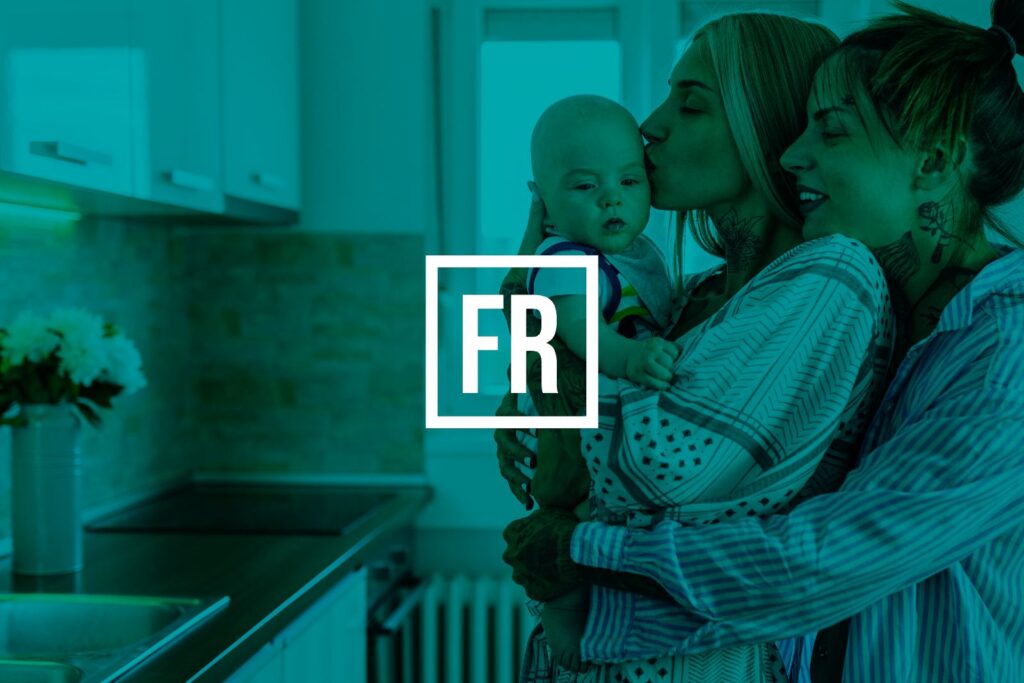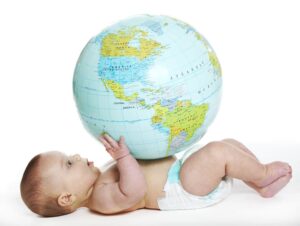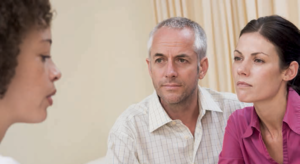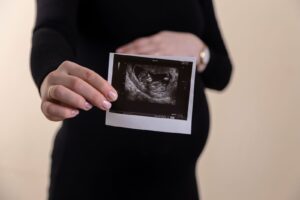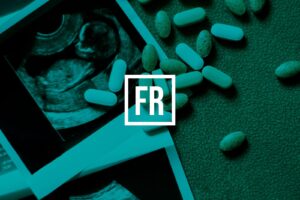Last Updated: September 9, 2025
The ROPA method (Reception of Oocytes from the Partner) makes it possible for lesbian couples to share motherhood from conception. One partner donates her eggs, fertilised with donor sperm, while the other carries the pregnancy. Spain has legally allowed this method since 2007 for married or civilly partnered same-sex female couples.
ROPA Method in Spain – Summary
- ROPA = Reception of Oocytes from the Partner: One woman provides eggs, the other carries the pregnancy.
- Legal in Spain since 2007 for married/civilly partnered same-sex couples.
- Both women become legal mothers in Spain.
- Medical decision + couple’s choice decide who donates eggs and who gets pregnant.
- Reciprocal ROPA allows role-switching, so both partners experience egg donation and pregnancy.
- Treatment steps: medical checks → sperm donor selection → cycle synchronisation → egg retrieval & fertilisation → embryo transfer → pregnancy test.
- Emotional layer: shared motherhood, joint decisions, and preparing as a family matter as much as medical treatment.
What Is the ROPA Method?
The ROPA method (Reception of Oocytes from the Partner) is a fertility treatment designed for same-sex female couples. It enables both women to actively participate in the conception process:
- Genetic mother: donates the egg.
- Gestational mother: carries the pregnancy and gives birth.
This approach allows lesbian couples to share biological and emotional aspects of motherhood from the very beginning.
Legal Framework in Spain
Since 2007, Spanish clinics have been permitted to offer ROPA as a fertility option. Spanish law recognises that women should have equal access to reproductive technologies, regardless of sexual orientation.
Requirements in Spain:
- Couples must be married or in a civil partnership.
- Both partners are recognised as legal mothers of the child.
- Sperm donors in Spain are anonymous by law.
This legal clarity is one reason Spain is considered a leading destination for ROPA treatment.
Who Donates the Egg and Who Gets Pregnant?
The decision is guided by both medical factors and personal preferences.
Medical evaluation includes:
- Egg reserve and quality.
- Uterine health.
- Age (under 35 often preferred as egg donor).
Couple’s choice factors:
- Personal preferences.
- Life circumstances.
- Emotional desires.
Example: Tina (36) and Laura (33) from London chose ROPA in Spain. Tina, diagnosed with Turner syndrome, could not provide eggs but could carry a pregnancy. Laura donated eggs, and Tina became pregnant. This way, both women actively participated in creating their family.
What Is the Reciprocal ROPA Cycle?
In some cases, both partners are eligible to donate eggs and carry pregnancies. Here, reciprocal ROPA offers the possibility of role reversal:
- Partner A donates eggs for Partner B’s pregnancy.
- Partner B donates eggs for Partner A’s pregnancy.
This can be done simultaneously in certain Spanish clinics, allowing both partners to be pregnant with a child genetically related to their partner.
However: Reciprocal ROPA is not always possible. If egg quality is poor or pregnancy is medically risky, the roles may not be interchangeable.
Step-by-Step: ROPA Treatment in Spain
1. Health Examination
- Initial consultation at a Spanish fertility clinic.
- Both partners undergo egg reserve, uterine, and genetic health checks (including karyotype analysis).
2. Sperm Donor Selection
- Donors are legally required to remain anonymous.
- Some donor-conceived children may later connect with donors through DNA-matching platforms, but not via the clinic.
3. Cycle Synchronisation
- For fresh transfers: menstrual cycles of both women are synchronised.
- Alternatively: embryos can be frozen and transferred later.
4. Egg Retrieval and Fertilisation
- The donor partner undergoes hormonal stimulation to produce multiple eggs.
- Eggs are retrieved and fertilised with donor sperm in the lab.
5. Uterine Preparation
- The gestational partner takes oestrogen and progesterone to prepare the uterine lining for embryo transfer.
6. Embryo Transfer
- Embryos are cultured for 3–5 days.
- One embryo is transferred to the gestational partner.
- Approximate success rate: up to 50% per transfer, depending on egg quality.
7. Pregnancy Test and Ultrasound
- First test: 12 days after embryo transfer.
- Blood test confirms pregnancy.
8. Shared Motherhood
If successful, one partner becomes the genetic mother, the other the gestational mother—both legally recognised as parents in Spain.
Patient Experience: Emotional and Practical Considerations
The ROPA journey is more than medical treatment. It involves shared decisions, emotional preparation, and future planning:
- Decision-making stress: choosing who donates eggs and who carries the pregnancy.
- Reciprocal ROPA can help balance roles.
- Counselling: Many couples benefit from sessions with fertility coaches to discuss long-term implications and how to talk to children about their conception.
As sociologist Susan Golombok highlighted in 2021: “More than the method of conception, it is above all love and honesty that are most important for the parent-child relationship and the child’s well-being.”
Comparison: Standard vs. Reciprocal ROPA
| Feature | Standard ROPA | Reciprocal ROPA |
| Egg donor | One partner only | Both partners (switch roles) |
| Pregnancy | One partner only | Both partners (either sequentially or simultaneously) |
| Genetic link | Child shares genes with one partner | Each child shares genes with one partner |
| Legal status in Spain | Both recognised as legal mothers | Both recognised as legal mothers |
FAQs About ROPA in Spain
Is ROPA legal in Spain?
Yes. Since 2007, Spanish law allows married or civilly partnered lesbian couples to undergo ROPA, with both women recognised as legal mothers.
Who decides which partner donates the egg?
A doctor makes recommendations after medical evaluations, but the couple’s preferences also play a major role.
Can both partners carry pregnancies?
Yes, through reciprocal ROPA. Both women can experience pregnancy, provided medical conditions allow.
Are sperm donors anonymous in Spain?
Yes, anonymity is legally required. Children cannot learn donor identities via the clinic.
